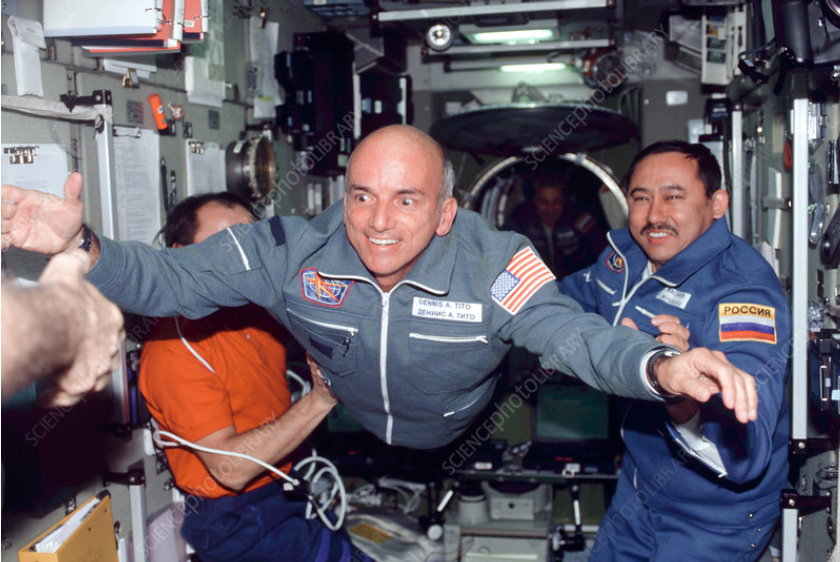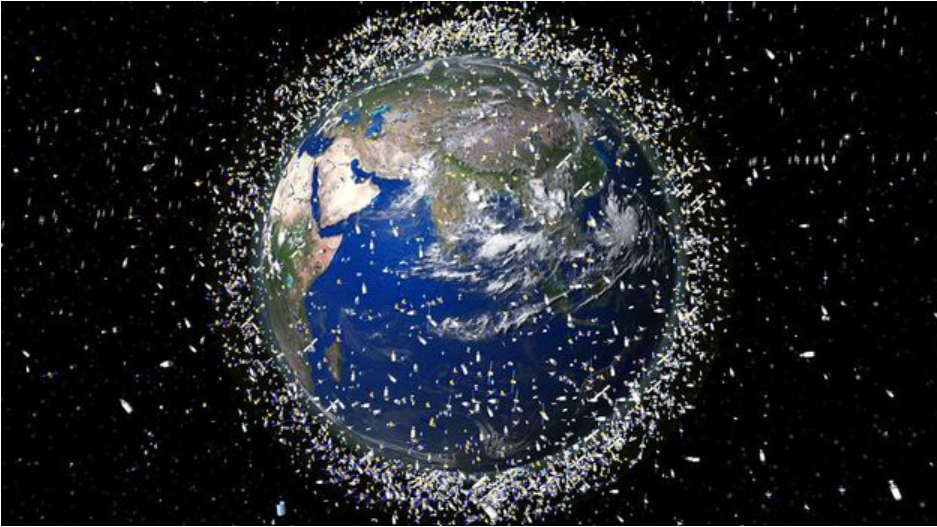SPACE…….the word that amazes us to date. We all have dreams about going to space and seeing the bewildering site from high above. But many of us couldn’t follow that dream. Only a few of us who became astronauts got a real opportunity to do so.
For those who couldn’t go, science came to the rescue and has made space travel for civilians possible.
Even if the concept of space tourism seems afresh, it was first in mid-2001 when Dennis Tito, the American businessman, became the first space tourist and spend nearly 8 days in space.
Where have we reached till now?
The advent of space tourism occurred at the end of the 1990s when Russian company MirCorp and the American company Space Adventures Ltd came together and decided to sell a trip to Dennis Tito in order to generate revenue for the maintenance of the Mir space station which MirCorp was in charge of. Tito became the first paying passenger, who paid $20 million for a roughly 8-day expedition.
Orbital space tourism continued to grow following Tito’s mission, with flights to the ISS by South African computer millionaire Mark Shuttleworth in 2002, Gregory Olsen in 2005, Anousheh Ansari in September 2006, and many more

Different types of space flights:
We can classify the type of space flights passengers can enjoy into two divisions, namely suborbital and orbital.
1)Suborbital Spaceflight
These flights aim to reach an astonishing altitude of over 300,000 feet, reaching the Karman line where outer space begins. Currently, there are two major companies targeting this type of flight, Virgin Galactic, part of Richard Branson’s empire, and Blue Origin, run by Amazon’s billionaire founder Jeff Bezos.
2)Orbital Spaceflight
Orbital ones would be completely different than suborbital ones, which last up to a few minutes. These spaceflights strive for giving the passenger an exotic journey of a few days to a week in space over 1.3 million feet. The final quarter of 2021 is likely to be huge for tourists in orbital spaceflight, with two major companies Space Adventures and Axiom Space announcing up to nine seats to orbit available for purchase by either individuals or organizations
But orbital spaceflight has its own challenges of providing boarding for a few days to passengers in space. Currently, the International Space Station (ISS) is the only habitable structure, but many companies are looking for a breakthrough.
Why Space tourism?
It is easy to dismiss a plan such as that of space tourism which is a luxury that only the rich can afford, but there are certain advantages to it that each part of the society might experience.
1)It is a dream project to work on.
From the onset of space tourism, it is only growth that we have seen in the frequency of space flight. This will automatically create a boom as job opportunities will be created in every sector known. And who won’t like to work on a project that is related to SPACE!!!
2)The cost will definitely go down
Even if space tourism seems costly now, we will surely see a decrease in cost. The reason behind this is that we could create a space shuttle having more capacity so the cost per person reduces.
Comparing the same situation with the airplanes, when once they used to be a mode of travel for the upper class people in the society, but then, as the aviation sector boomed, the prices of the airplane tickets went down significantly and finally any common man is now able to afford the same.
3)Space tourism will not be a complete disaster
Most of us are still concerned regarding the environmental imbalance that space tourism may cause. Fortunately, Blue Origin’s New Shepard produces only water as an exhaust, which took care of the global warming that rockets caused earlier. Also, Elon Musk has declared his intention to produce methane fuel directly from the atmosphere using solar power, assuring that the fuel cycle is carbon neutral.
4)Increase in space exploration and experiments held in space
When Dennis Tito went to space, he conducted a scientific experiment up in space on the behalf of a lab. This shows that space tourism will not only support scientific exploration but also open avenues for advanced technology to be created because of the demand created due to this massive boom.
Challenges Confronting Space Tourism
1)Cost:
Cost is one of the biggest challenges as such space travel by tourists is limited only to rich people till now. OECD space agencies have spent approximately $1 trillion since 1961. As a consequence, unless there is a reduction in costs as far as technology allows, space agencies’ role in the future development and exploration of space is likely to shrink progressively. Ultimately, by reduction of cost, the development of space travel will lead to the permanent and progressive expansion of human culture into space.
2)Lack of understanding:
One of the other challenges space tourism faces, is that it is still not well understood by the general public. This lack of understanding by the general public poses a marketing challenge. Advertisement largely relies on what is essentially word-of-mouth advertising.
3)Environmental challenges:
Space tourism poses a grave environmental challenge to mankind. The pollution caused due to the launching of space shuttles and rockets is enormous. Consequently, the amount of pollution will rise and the amount of debris in the space will reach a dangerous level. This will contribute to global warming and the harmful effects of it will be borne by the poor people who have no stake in the development of space tourism.

What’s next?
Currently, space tourism is on course to being developed as a model of space adventure, though with some potential concerns. Space tourism is in its pioneering phase where customers will be very few, and the cost will still be fairly high. As companies like SpaceX test reusable rocket technology to make spaceflight more affordable and accessible for humans, other private firms, including Virgin Galactic and Blue Origin, are investing in suborbital space tourism to take Earthlings into the very edge of space and back. There are prospects in the future for the start of sub-orbital passenger space flight operations from newly developed commercial spaceports. More next-generation engineers will enter the space tourism sector for the scope of opportunities and innovation, eventually decreasing the barriers to entry that will increase competition, lower the costs, and ultimately democratize space travel for everyday citizens. Some companies have their sights set on venturing even further, with aspirations of building the first orbital space hotel. While only uber-wealthy passengers and private researchers will have access to space tourism in the immediate future, the long-term holds promise for ordinary citizens.
Conclusion
It can be concluded that space tourism is at a nascent stage and many challenges need to be solved before flowering the space tourism industry. Certainly, the progress made by the space tourism industry in the last several years has been uneven, and arguably at a slower pace than hoped for. The industry in general, may have made some mistakes and lost some opportunities along the way, but it is equally necessary to analyze enhancing procedures to make individuals understand prospective market niche and depth in space tourism. Recognition of required future technologies is equally vital considering that the industry is a multi-million-dollar investment. The growth of space tourism is going to have a huge benefit and cultural effect, which will widen human horizons, as its appropriate for the 21st century. Tourism isn’t just going to be a small part of future space activity; it is going to be the mainstream space activity. The sweet escape to the stars can eventually manifest the awe-inspiring potential of space exploration while also giving us a better appreciation of our home.
